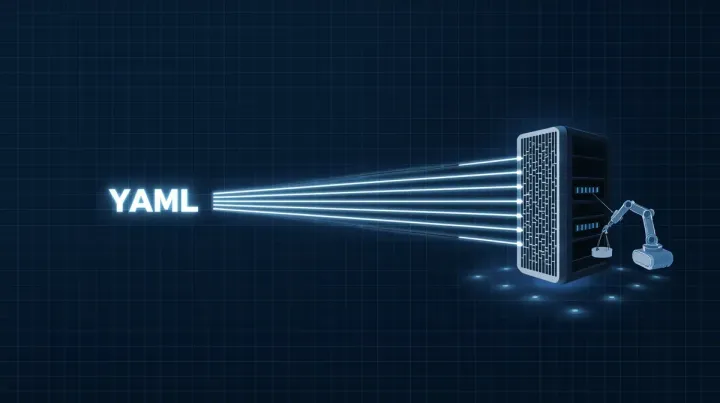
Linux Kernel 6.17 Released: What's New and Why You Should Care
Linus Torvalds has officially pulled the lever on Linux Kernel 6.17, and it’s packed with the usual mix of under-the-hood improvements and expanded hardware support that we’ve come to expect. This release also marks the official end-of-life for the Linux 6.16 series, so it’s time to start planning your upgrade.
The Big Picture: Key Highlights in 6.17
While every kernel release is a massive collaborative effort, a few key features in 6.17 stand out:
-
ARM Gets a Boost: A significant addition is the support for ARM’s “Branch Record Buffer Extension” (BRBE). This is a low-overhead way to profile and trace code execution, which will be a boon for developers working on performance-sensitive applications on ARM architecture. Live patching on AArch64 (ARM 64-bit) systems also makes its debut, allowing for critical kernel updates without a reboot.
-
Better AMD and Intel Support: The new kernel introduces support for the AMD hardware feedback interface (HFI), which promises better performance and power management. On the Intel side, we see initial support for the upcoming Wildcat Lake and Bartlett Lake-S platforms.
-
Networking and File System Tweaks: As always, networking and file systems get some love. Btrfs sees large-folio support for better performance, EXT4 gets better scalability for block allocation, and EROFS receives metadata compression support. The networking stack sees improvements in TCP and support for the DualPI2 congestion-control protocol.
-
Enhanced Hardware Support: The list of newly supported hardware is long, but some notable additions include improvements for the Framework Laptop 13 with AMD Ryzen AI 300, support for various ASUS and HP laptops, and even support for the Touch Bars on x86 MacBook Pros.
Why You Should Upgrade (Eventually)
With kernel 6.16 now officially designated as End of Life (EOL), it will no longer receive maintenance or security updates. For desktop users, this means it’s time to look forward to your distribution packaging 6.17. While you don’t need to rush to compile it from source (unless you enjoy that sort of thing), you should plan to update once it hits your distro’s stable repositories.
The release of 6.17 also opens the merge window for Linux 6.18, which is slated to be the next Long-Term Support (LTS) kernel. This means the development cycle continues, with the community already hard at work on the next wave of improvements.
For now, you can grab the source code from kernel.org if you’re feeling adventurous. Otherwise, keep an eye on your package manager.


